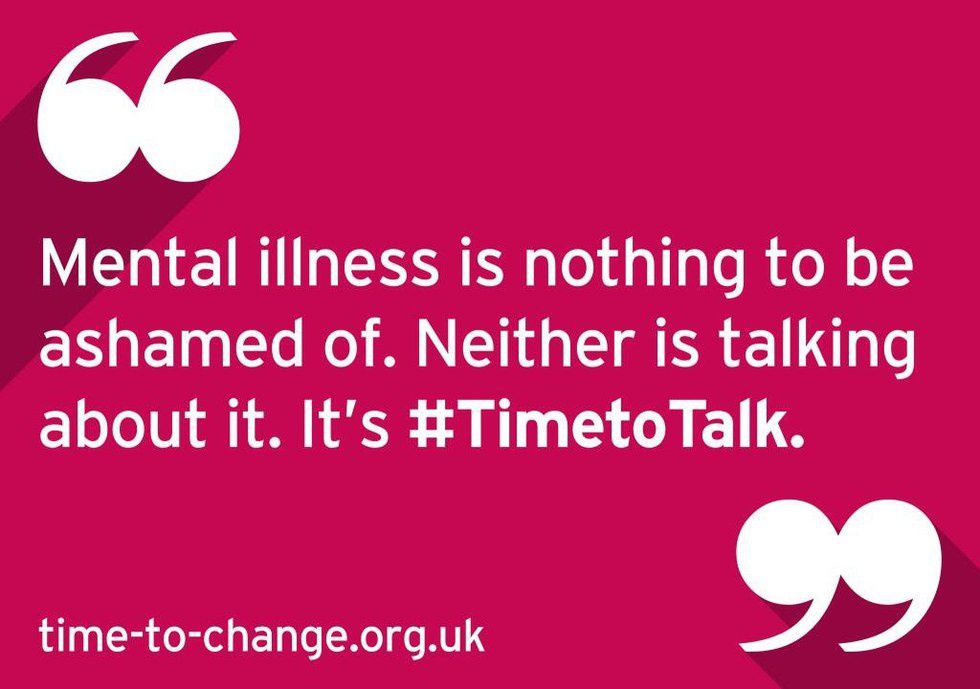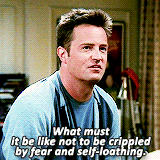Each year millions of Americans face the reality of living with a mental health condition. 1 in 5 of Americans is affected by mental health conditions. Mental Health includes our emotional, psychological, and our social well-being. It affects how we think, feel, and act as we cope with life.
Mental illnesses are serious disorders which affect your thinking, mood, and your behavior. Some examples of mental illness include:
Anxiety Disorders
People who have an anxiety disorder respond to certain objects or situations of fear and dread, the physical signs include increased heart rate and sweating.
- Generalized anxiety disorder (Characterized by excessive and exaggerated anxiety and worry about everyday life with no reason for worry.)
- Panic disorder (Different from the normal fear and anxiety reactions to stressful events. During a panic attack, the fear response is out of proportion for the situation, which often is not threatening.)
- Social anxiety disorder (People with social anxiety are extremely anxious about what they will say or do in front of other people.)
- Phobias (A lasting and unreasonable fear caused by the presence or thought of a specific object of situation that usually poses little or no actual danger.)
Mood Disorders
Involve persistent feeling of sadness or periods of feeling overly happy, or fluctuations between extreme happiness and extreme sadness.
- Depression (A common but serious mood disorder. It causes severe symptoms that affect how you feel, think, and handle daily activities, such as sleeping, eating, or working. To be diagnosed with depression, the symptoms must be present for at least two weeks.)
- Bipolar disorder (Is a brain disorder that causes unusual shifts in mood, energy, activity levels, and the ability to carry out day-to-day tasks. Moods range from periods of extremely “up,” elated, and energized behavior to very sad, “down,” or hopeless periods.
Psychotic Disorders
Involves distorted awareness and thinking.
- Schizophrenia (Disorder that affects the way a person thinks, acts, and behaves. People with Schizophrenia often to seem like they have lost touch with reality.)
Eating Disorders
Involves extreme emotions, attitudes, and emotions about weight and food
- Anorexia nervosa (Disorder where in which people have intense fear of gaining weight and become dangerously thin.)
- Bulimia nervosa (Involves Binge eating and then purging, throwing up, everything they just ate.)
- Binge eating (Compulsive eating)
Post Traumatic Stress Disorder (PTSD)
A condition that can develop following a traumatic and/or terrifying event, such as a sexual or physical assault, the unexpected death of a loved one, or a natural disaster. People with PTSD often have lasting and frightening thoughts and memories of the event and tend to be emotionally numb.
There are lots of other mental illnesses, too many to count but the ones listed are the most common. More than 500,000 green ribbons were distributed nationwide free, to spread awareness about Mental Health and try to break the stigma around it. You don’t need to be an expert to start talking about mental health or have all the answers. You Are Not Alone, Together We Stand, We Fight.











































